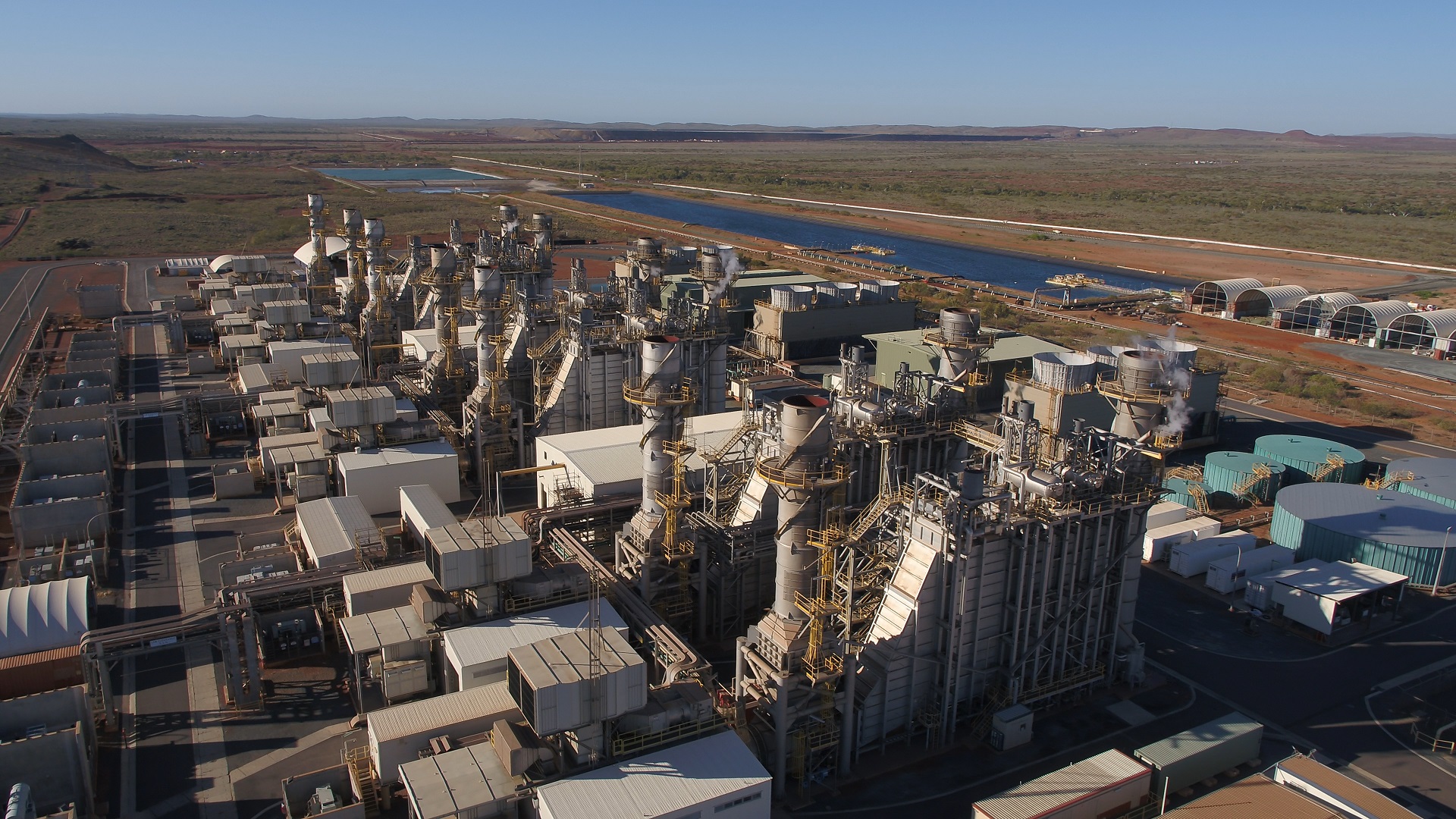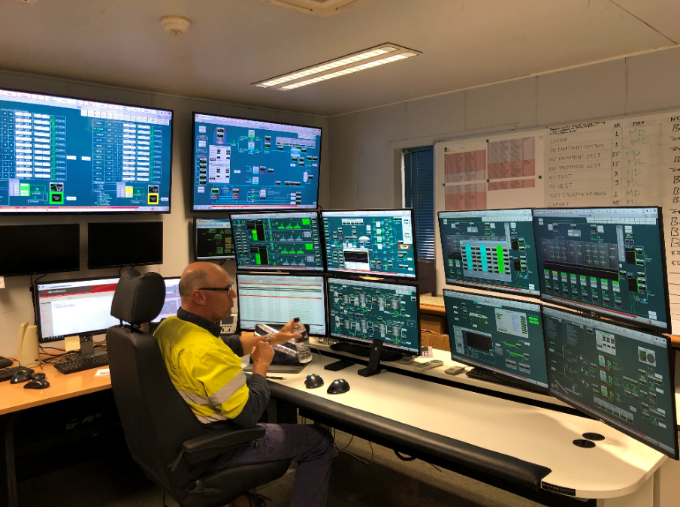

The sheer scale of operations means significant dedicated supporting infrastructure is required. Sino Iron's desalination plant is equal in size to the facility that provides much of the drinking water to WA's capital city Perth. Meanwhile, Sino Iron's combined cycle gas-fired power station is one of the biggest (and cleanest) in the State and coule easily supply the energy needs of a major regional town.

Sino Iron's desalination plant uses conventional reverse osmosis technology and can produce 140 megalitres of water per day, which is the equivalent of 50 Olympic-size swmming pools.
By using energy reovery units, the desalination plant is able to use the reject water stream to generate energy that pressurises 50% of the incoming seawater feed. This significantly reduces the amount of energy required for the process.
The combined cycle plant technology ensures 40% less emissions are generated compares to an open cycle plant, with multiple heat recovery mechanisms built into the design. It's the first of its kind in the Pilbara and meets all of Sino Iron's energy needs with its seven gas turbines, three steam turbines and six heat recovery generators.
